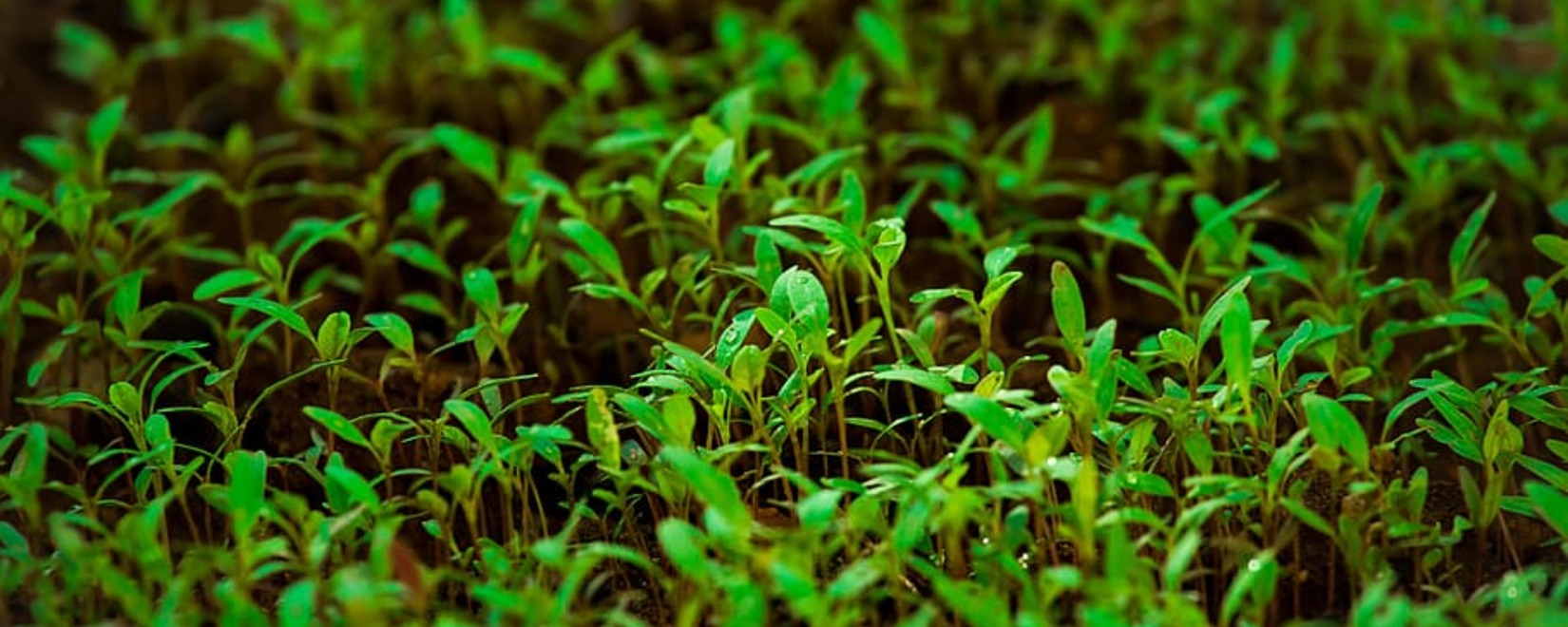Jonathan Lynch, a professor of agronomy at the College of Agricultural Sciences at Pennsylvania State University, shared a new discovery in the field of plant breeding. Together with his research group, he has developed a method that allows for precisely determining the depth of plant roots without excavating them. They discussed this in an article published in the journal Crop Science. The method is based on scanning leaves using X-ray fluorescence spectroscopy. By analyzing the chemical elements that plants absorb from the depths of their roots, researchers can determine how deep the roots reach. Thus, there is a correlation between the composition of the leaves and the depth of the roots. The application of this new technology will significantly expedite the plant breeding process. Previously, to determine root depth, thousands of plants had to be excavated and analyzed. But with the use of the LEADER method (Leaf Elemental Accumulation from Deep Roots), this is no longer necessary. Furthermore, plants with deep roots have advantages such as higher drought resistance and nitrogen absorption ability. Deeper roots also contribute to long-term carbon storage in the soil, which positively impacts the environment. The LEADER method was developed based on the analysis of over 2000 soil samples and 30 genetically diverse corn lines. It enables the accurate determination of root depth even at a distance of 30-40 cm. In addition to corn, this method can be applied to any plants. The discovery by Lynch and his colleagues opens up new possibilities in the field of plant breeding and increases the efficiency of food and resource production. Photo: Pennsylvania State University. Source, photo, and image: Pennsylvania State University.


 Trading platform
Trading platform 
 Monitoring
Monitoring  Express applications
Express applications 
 Fork Work
Fork Work 
 Service
Service  News
News  Directory
Directory 